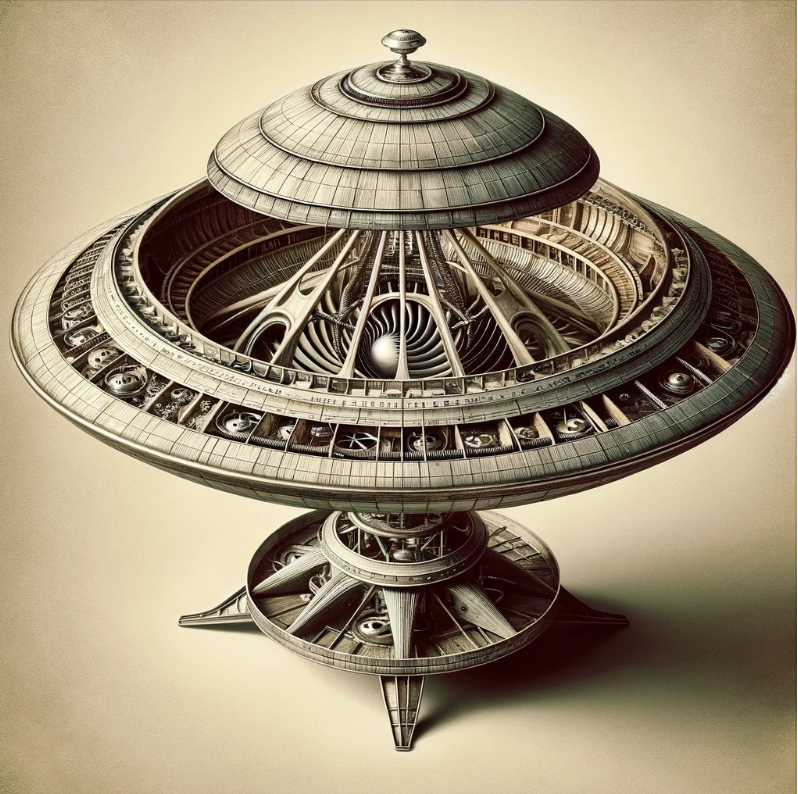

Infinity Turbine Sales | Plans | Consulting TEL: 1-608-238-6001 Email: greg@infinityturbine.com
For Data Centers Gas Turbine Waste Heat to Power Owners of Cat Solar Gas Turbine Generators and the new Boom Aero Derivative Gas Turbines Generators: Take your waste heat and make additional Combined Cycle power or generate cooling for your data center... More Info
IT250 Supercritical CO2 Gas Turbine Generator Silent Prime Power $999,000 250 kW (natural gas, solar thermal, thermal battery heat) ... More Info
IT1000 Supercritical CO2 Gas Turbine Generator Silent Prime Power $3M 1 MW (natural gas, solar thermal, thermal battery heat) ... More Info
IT50MW Supercritical CO2 Gas Turbine Generator Silent Prime Power $50M (natural gas, solar thermal, thermal battery heat) ... More Info
Data Center Consulting Prime power and energy consulting for AI and data centers... More Info
Quantum Super Turbine... Developing in 2026: High efficiency topping cycle turbine generator with bottoming cycle cooling, specifically designed for Data Centers with back-end combined cycle modules for cooling, hydraulic, or heat pump capabilities... More Info

|
|
Australian Review Viktor Schauberger was an Austrian naturalist who worked for the Nazis against his will in 1943. His background was as a forest warden where he developed an extensive understanding of nature’s workings, and applied them to numerous patents and inventions. In 1943 he apparently developed a vortex engine that was capable of both levitation and energy generation. Little is known of this event since most of his work was subsequently destroyed by the Allies.To investigate Schauberger’s engine, two experiments were conducted to test if his engine would theoretically be able to fly or produce energy.In order to fly, it is thought that his vortex engine used friction between vortices and the surrounding air to force the air downwards, thus creating an overall lifting effect. This notion was tested using a model boat on the surface of the water which was propelled using a similar effect. The boat’s propeller was put into reverse and a shield was used on the back of the boat to redirect the flow into a pair of vortices. These vortices would then use friction to force the surrounding water backwards, creating an overall propulsive effect.Numerous tests were performed and the initial results indicated that this had indeed occurred. There was considerable forward motion, with a maximum efficiency of 25% compared to normal propulsion (no shield and with the propeller going in the forwards direction). Video footage was taken of the model boat and when these were analyzed extensively, it was found that propulsion was probably occurring due to water being ejected from underneath the vortex area. This process was prevented by closing the bottom of the vortex area with a second shield. It was then found that virtually no forward motion was observed. Other tests were performed to confirm that the method of propulsion was purely due to the friction between the vortices and the surrounding water.It was therefore concluded that it is unlikely that levitation could be produced using vortices interacting via friction with the surrounding air.The second test was to evaluate whether or not it would be theoretically possible to produce extra rotation using a system of vortices. This rotation could theoretically be used to generate electricity. Using the same system of vortices as those in Schauberger’s engine and those used in the first experiment, a CFD model was done to investigate the effects of heating and cooling the system. It was hoped that the vortex system contained in the CFD vessel would become more intense and produce extra rotation.It was found after extensive CFD modeling that while the drag on the rotating wall of the container was reduced, it was not due to an increase in the intensity of the vortex system. It was then found that when heat was added and subtracted from different parts of the vessel, the vortices did actually increase in velocity. However, this extra kinetic energy could not be transformed to rotational energy in the system, and extra rotation could not be generated. The key to this might lie in a blade system that Schauberger evidently had in his engine. When this type of process was tested however, the engine became completely unstable. The engine wasn’t able to rotate as fast as required because the blades were displacing too much air. The CFD solver did not work for the high speeds of rotation that were specified by Schauberger.It was therefore concluded that it is unlikely an engine of this sort is possible. The velocity of the vortices in the system were able to be increased when heat was both added and subtracted, but this extra kinetic energy could not be transformed to rotational energy. When blades were implemented to accomplish this, the system became impractical. It is unlikely that Schauberger would have been able to displace the air in his engine and rotate fast enough for extra rotation to be generated.Therefore, after a year of testing and investigation, it was found that a vortex engine of the type Schauberger apparently developed would be unlikely to either fly or produce extra rotation or energy. It is concluded that either function is theoretically unlikely.Without better information on Schauberger’s engine however, it can not be conclusively stated without doubt that it is impossible. The indications at this point however, clearly suggest that it is theoretically unlikely. |
| CONTACT TEL: 1-608-238-6001 Email: greg@infinityturbine.com | AMP | PDF |